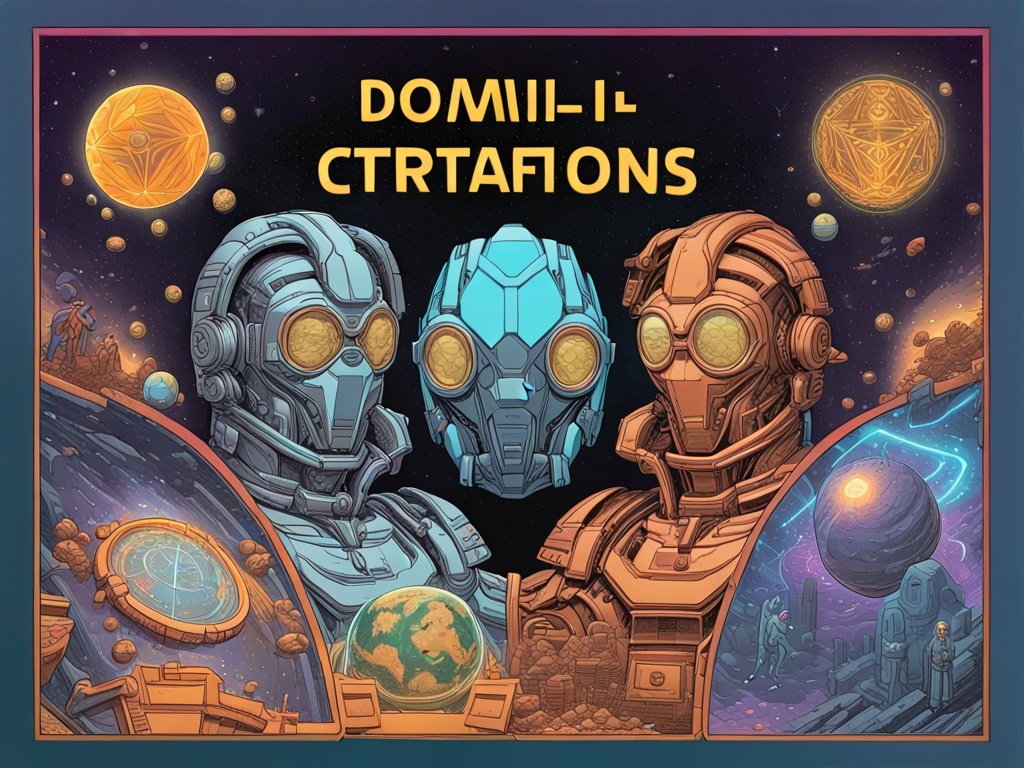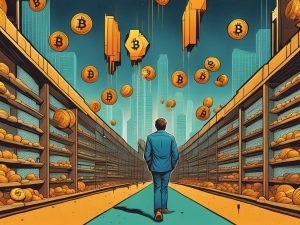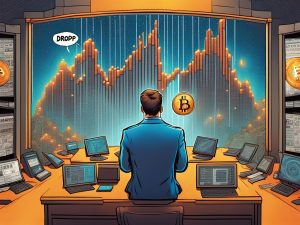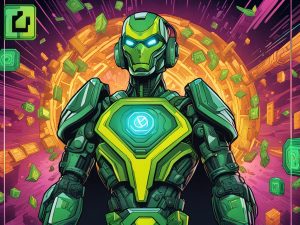Understanding the Vision of Boson Protocol in the Evolving Digital Marketplace 🌐
In a recent dialogue, Justin Banon, the visionary behind Boson Protocol, articulated his enthusiasm for a “computable economy” and its capacity to reshape transactions. The decentralized framework developed by Boson aims to transform the exchange of both digital and physical assets, redefining the trust and methodology behind purchasing and selling. This year marks a pivotal moment as the company seeks to navigate the complexities of asset tokenization and regulatory landscapes, while also pioneering advancements in the digital commerce sector.
Revolutionizing Web3: The Tokenization of Physical Assets 🔄
The emergence of Web3 has opened the door to new economic paradigms; however, the integration of tangible assets into these decentralized frameworks poses significant challenges regarding trust, security, and validation. Banon asserts that achieving a truly transformative Web3 economy hinges on the “hard tokenization” of physical assets, which allows transactions to be executed with machine precision.
Key Challenges:
- Maintaining the value and integrity of tokenized assets in a decentralized environment.
- Securing social acceptance for the concept of digital asset ownership.
The process of tokenizing high-value items, from luxury goods to real estate, requires not only advanced technology but also the opportunity to engage consumers effectively. By implementing these principles in their tokens, Boson aims to foster confidence and recognition surrounding the virtual representation of these assets.
Integrating TradFi with Web3: The Role of Tokenization 🏦➡️💻
As Web3 protocols mature, the distinctions between traditional finance (TradFi) and decentralized finance (DeFi) become increasingly blurred. Banon believes that the tokenization of physical assets can serve as a bridge, allowing traditional financial systems to gradually adopt Web3 features.
Insights on Future Interactions:
- TradFi markets are likely to first embrace real-world asset tokenization before fully transitioning to decentralized frameworks.
- Web3 technologies are pointed towards eliminating intermediaries and facilitating a new decentralized financial structure.
Banon likens the progression of TradFi embracing tokenization to traditional travel agencies adapting to digital platforms, suggesting that, over time, conventional financial models will give way to Web3-based mechanisms for asset trading.
Navigating Regulatory Waters: Challenges and Opportunities ⚖️
The endeavor to tokenize real-world assets is fraught with regulatory challenges. The desire for trust-minimized asset exchanges faces hurdles due to the lack of clear governing frameworks globally. Banon expressed that while regulatory constraints can pose obstacles, they can also foster opportunities for the crypto sector.
Regulatory Landscape Insights:
- Governments, influenced by TradFi, have often resisted Web3 advancements, yet there is increasing acknowledgment of Web3’s importance for national competitiveness.
- A balanced approach to regulatory compliance can bolster trust with both consumers and institutions.
This adaptive strategy can facilitate the mainstream acceptance of tokenized assets, presenting a path that enhances the credibility and security of the crypto industry.
Standing Out in a Competitive Environment 🌟
In a saturated market where many companies strive to innovate with tokenization, it is essential to understand how Boson differentiates itself. The Boson Protocol prioritizes verified, decentralized transactions, giving users control over a diverse range of tokenized assets.
Distinctive Approach: Boson advocates for a decentralized commerce layer that streamlines the process of tokenizing physical assets efficiently and transparently.
The Vision of a Computable Economy: A Vision for the Future 💡
At the core of Boson’s mission is the aspiration for a “computable economy.” This concept involves creating a sustainable economic framework that enables secure exchanges without intermediaries. Banon envisions this economy as a solution to various systemic issues.
Potential Impacts of a Computable Economy:
- Internalizing environmental costs to encourage sustainable practices.
- Transforming the allocation of resources to support long-term goals such as space exploration.
Banon’s vision emphasizes an ecosystem structured for transparent exchanges that could pivot commerce towards long-term sustainability and societal benefit. While the journey toward mainstream adoption of Web3 commerce remains complex, Boson’s approach may serve as a cornerstone in the forthcoming digital economy, redefining asset transactions significantly.
About Justin Banon – Innovator in Digital Asset Tokenization 🚀
Justin Banon is an influential figure in technology focused on Web3 and the tokenization of physical assets. As co-founder of Boson Protocol, which secured $36 million in funding and was acknowledged as a World Economic Forum Technology Pioneer, Banon is at the forefront of creating essential infrastructures for asset tokenization. In 2024, he introduced Fermion, enhancing his vision within the digital economy.
Through engaging contributions to major platforms and appearances at prominent events, Banon continuously advocates for a computable economy aimed at driving progress through decentralized technology. His extensive experience and academic background empower him to mentor upcoming ventures within the Web3 space.
Hot Take: The Future Beckons 🌟
The discussion surrounding the potential of Boson Protocol to influence the landscape of digital commerce is not merely theoretical. With the foundations set for a computable economy, the merging of traditional finance and decentralized systems presents thrilling opportunities. By fostering confidence in tokenized transactions and overcoming regulatory hurdles, Boson may very well play a critical role in paving the way for a new, integrated economic reality.
As we look ahead, the landscape of commerce may indeed undergo a radical transformation, driven by innovative technologies and a collective vision for a more sustainable and equitable future.





 By
By
 By
By
 By
By
 By
By

 By
By